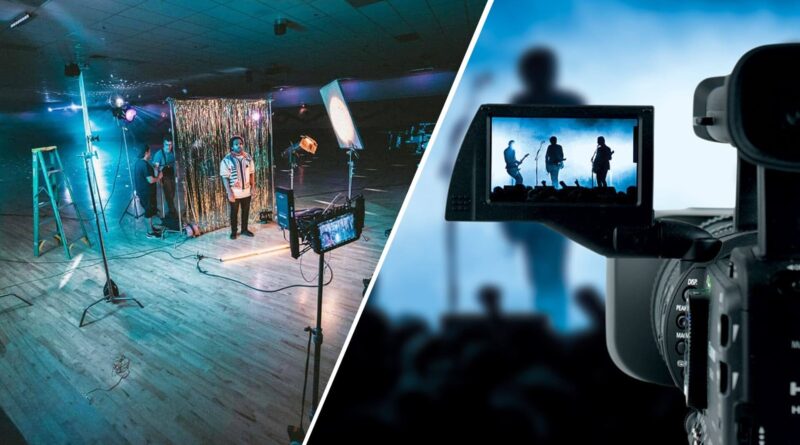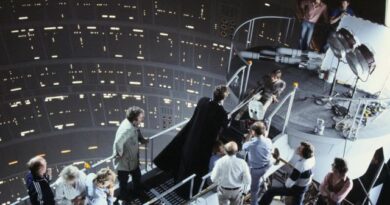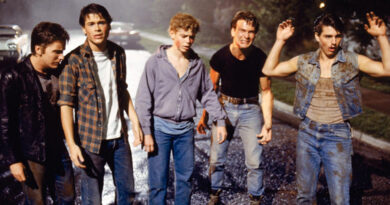The Evolution of Movies: A Glimpse into the Cinema of Today
Introduction
In the ever-changing landscape of entertainment, movies have remained a steadfast and influential medium, captivating audiences for over a century. However, the way we consume and experience films has undergone a remarkable transformation in recent years. With the advent of cutting-edge technology, changing storytelling techniques, and evolving audience preferences, movies today have evolved into a complex and multifaceted art form.
The Technological Revolution
One of the most significant developments in contemporary cinema is the technological revolution that has reshaped the way films are made and experienced. Advances in digital cinematography, special effects, and CGI have allowed filmmakers to push the boundaries of what’s visually possible. Today’s movies boast breathtaking visuals, from the lush alien landscapes of “Avatar” to the meticulously crafted worlds of “Inception.”
Moreover, the rise of high-definition and 3D technology has transformed the cinematic experience. Audiences can now immerse themselves in a film’s world like never before, feeling as though they are part of the action. IMAX and 4D theaters provide an even more sensory-rich experience, combining stunning visuals with motion seats, scents, and even weather effects.
Streaming Services: A New Era of Accessibility
The advent of streaming services, such as Netflix, Amazon Prime, and Disney+, has revolutionized how we consume movies. Gone are the days of waiting for a film’s release in theaters or on DVD. Now, audiences can enjoy a vast library of films at their fingertips, anytime and anywhere. This accessibility has democratized movie-watching, allowing people from all walks of life to explore a diverse range of cinematic experiences.
Streaming platforms have also opened doors for independent filmmakers and diverse storytelling. Smaller, innovative films that might have struggled for recognition in traditional theaters can now find a global audience on streaming platforms. This shift has encouraged the creation of unique and thought-provoking films, challenging the dominance of blockbuster productions.
Changing Storytelling Techniques
Contemporary filmmakers have embraced new storytelling techniques that challenge traditional narrative structures. Non-linear storytelling, multiple perspectives, and unreliable narrators have become more prevalent, keeping audiences engaged and intellectually stimulated. Movies like Christopher Nolan’s “Memento” and Quentin Tarantino’s “Pulp Fiction” are prime examples of this narrative experimentation.
Furthermore, the blurring of genres has become a hallmark of modern cinema. Films like “Get Out” and “Parasite” defy easy categorization, mixing elements of horror, social commentary, and satire to create a unique cinematic experience. This willingness to blend genres has led to a more diverse and engaging range of films.
Diversity and Inclusion
One of the most positive developments in contemporary cinema is the industry’s growing commitment to diversity and inclusion. Filmmakers are increasingly telling stories from underrepresented communities, shedding light on previously overlooked perspectives. Movies like “Black Panther” and “Crazy Rich Asians” have shattered stereotypes and proven that diverse casts and stories can be commercially successful.
In addition to on-screen diversity, there has been a push for greater inclusivity behind the scenes. More women and people of color are entering the film industry as directors, writers, producers, and crew members. This shift in representation behind the camera is helping to break down longstanding barriers and bring fresh, authentic voices to the forefront of cinema.
The Impact of Social Media
Social media has transformed how movies are marketed and discussed. Trailers, teasers, and promotional materials are now disseminated quickly and widely through platforms like Twitter, Instagram, and YouTube. This instant access to information and visuals generates immense anticipation and buzz around upcoming films.
Moreover, social media provides a platform for audiences to engage with movies on a deeper level. Discussions, reviews, and fan theories proliferate across various online communities, allowing fans to connect and share their passion for cinema. Filmmakers themselves often interact with fans and address their feedback, creating a more dynamic and interactive relationship between creators and their audience.
Conclusion
Movies today have evolved in numerous ways, from the groundbreaking technology used in production to the diverse stories and voices on the screen. The cinema of today is characterized by accessibility, innovation, and inclusivity, offering a dynamic and engaging experience for audiences worldwide. As we look to the future, it is exciting to imagine the further evolution of this art form and the new horizons it will continue to explore.




